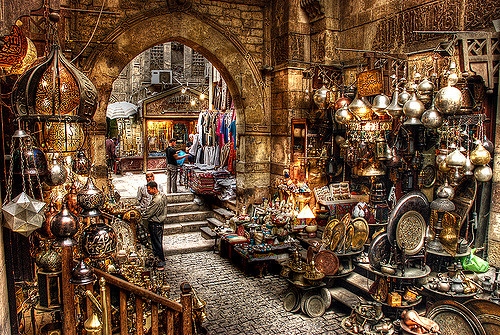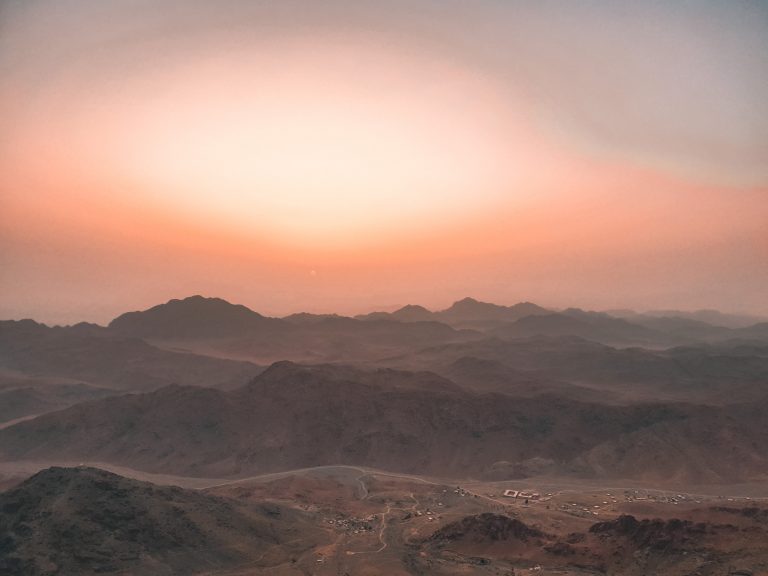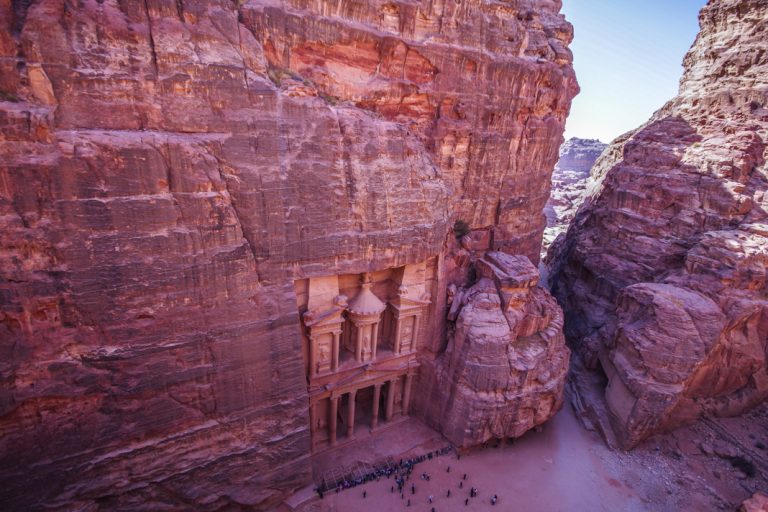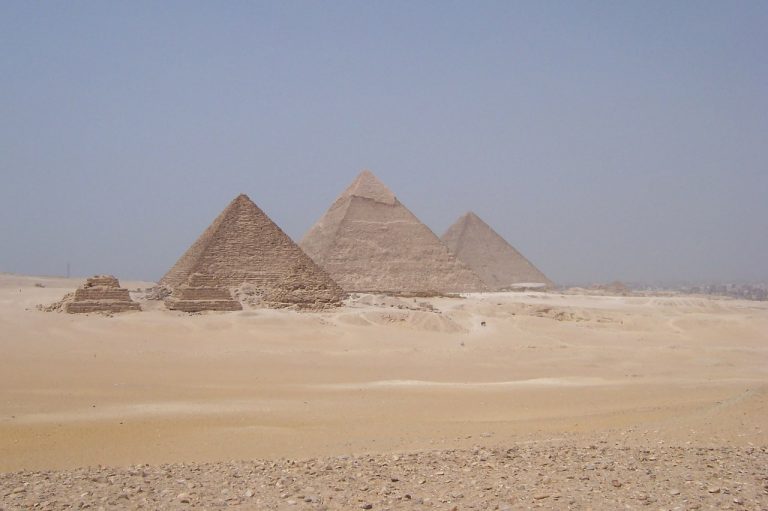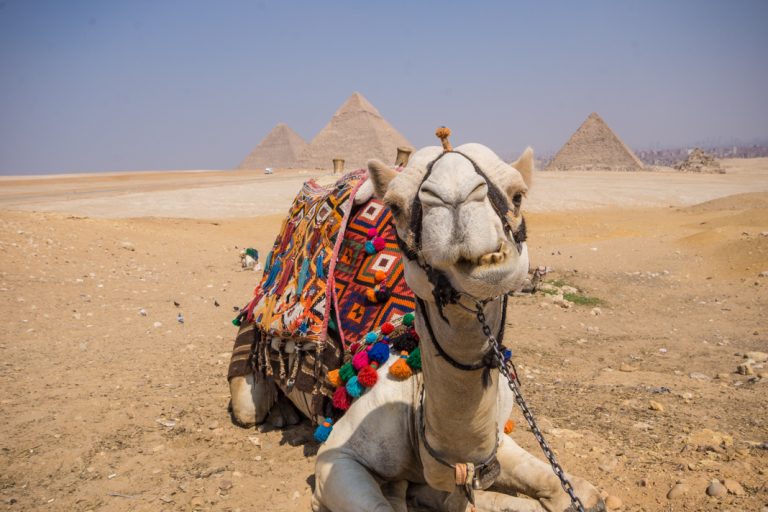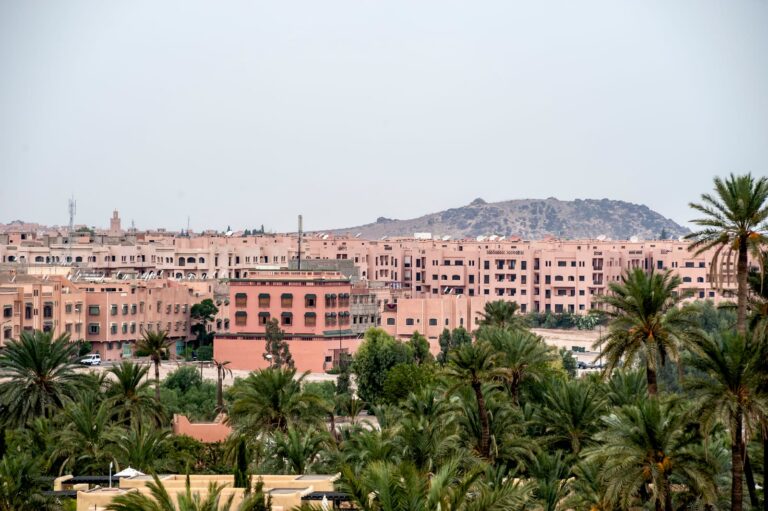Cultural Treasures of Cairo: A Journey Through Egypt’s Rich Heritage
Cairo, a vibrant city steeped in history, offers a wealth of cultural treasures waiting to be explored. From the ancient wonders of the Pyramids of Giza to the rich tapestries of Coptic and Islamic heritage, you will find a unique blend of traditions and modernity that shapes the heart of this bustling metropolis.
Whether you are wandering the bustling streets of Khan El Khalili Bazaar or visiting the majestic Egyptian Museum (both Top 5 things to do in Cairo), each corner of Cairo tells a story that connects the past to the present.
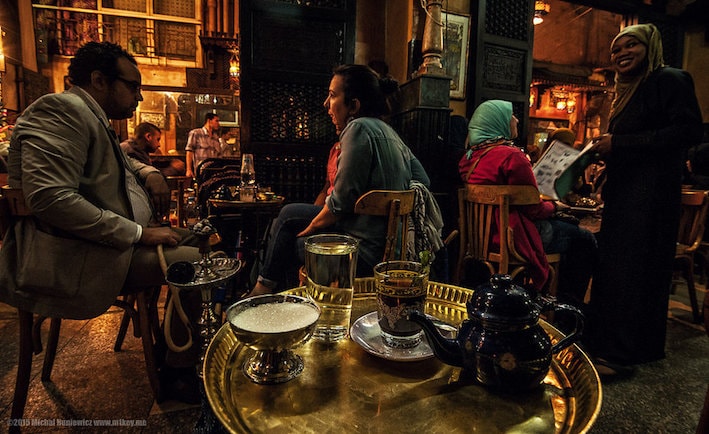
As you navigate through this cultural capital of the Middle East, prepare to be captivated by its diverse festivals and rich traditions. You’ll experience celebrations that reflect the city’s deep-rooted heritage, like the vibrant festivities of Eid al-Fitr, which fill the streets with joy and color.
These moments enhance your visit and provide insights into the local customs that continue to thrive amid Cairo’s rapid modernization.
Discovering the cultural treasures of Cairo is not just about viewing iconic landmarks; it’s about engaging with the city’s soul. You will find that each experience enriches your understanding of Egypt’s legacy, making your journey truly unforgettable.
Historical Significance
Cairo’s historical significance is deeply intertwined with its rich tapestry of cultures and eras. Understanding its past can greatly enhance your appreciation of the city’s cultural treasures.
Ancient Cairo
Ancient Cairo, originally known as Babylon, played a crucial role in Egypt’s history. Although traces of its earlier settlements are limited, it was strategically located near the Nile, facilitating trade and communication.
The city’s foundations date back to the Roman Empire, with remnants like the Roman Babylon Fortress still visible today. Key sites, such as the ancient churches in Coptic Cairo, showcase the early Christian presence in the region.
These elements not only emphasize the layered history of Cairo but also reflect the city’s evolution over the millennia.
Islamic Influence
The Islamic era transformed Cairo into a vibrant hub of culture, education, and spirituality. Following the Arab conquest in the 7th century, the city flourished as the capital of Egypt. It became the center for Islamic scholarship, prompting the establishment of notable institutions like Al-Azhar University, one of the oldest universities in the world.
The architectural landscape is also marked by stunning mosques, such as the Mosque of Muhammad Ali and the Ibn Tulun Mosque, showcasing intricate designs and significant artistic styles. This rich Islamic heritage makes Cairo a unique blend of history and spirituality.
Modern Impact
In the modern era, Cairo continues to influence and reflect cultural dynamics. The city’s position as a mass media center in the Middle East has significant implications for global culture.
Institutions like the Cairo Opera House symbolize Egypt’s commitment to the arts and cultural programming. Furthermore, 19th-century European influences transformed Cairo’s urban landscape with theatres and museums, enhancing its cultural offerings.
Today, the city stands as a testament to ongoing cultural dialogues, making it a focal point for global engagement and creativity.
Major Landmarks
Cairo is home to several iconic landmarks that reflect its rich cultural heritage and history. Each site offers a unique glimpse into the city’s past, making them must-visit destinations for anyone exploring this vibrant metropolis.
Pyramids of Giza

The Pyramids of Giza are among the most recognizable structures in the world. They were built around 4,500 years ago as tombs for pharaohs and are a testament to ancient Egyptian engineering.
The largest, the Great Pyramid, was originally 146.6 meters tall and consists of approximately 2.3 million blocks of limestone and granite. As you stand before these towering monuments, you can almost feel the legacy of the pharaohs.
Visiting the pyramids also allows you to view the Great Sphinx nearby, a mythical creature with the body of a lion and the head of a human. Together, they represent the pinnacle of ancient Egyptian artistry and architectural skill, making it a highlight of any trip to Cairo.
The Egyptian Museum
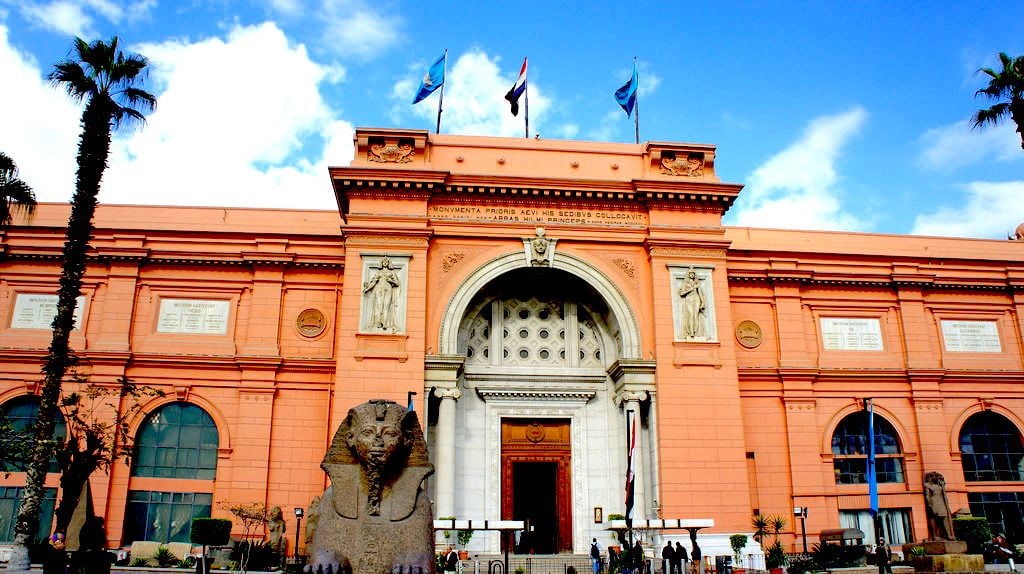
Located in Tahrir Square, the Egyptian Museum houses an extensive collection of ancient artifacts. With over 120,000 items, it is a treasure trove of Egypt’s history.
The most famous exhibit is the collection of Tutankhamun’s artifacts, featuring the iconic gold mask. You can explore mummies, statues, jewelry, and everyday items used by ancient Egyptians.
Beyond the artifacts, the museum’s architecture offers insight into 19th-century design. Walking through the halls, you’ll encounter stories of dynasties, gods, and everyday life in ancient Egypt, immersing you fully in its fascinating past.
Al-Azhar Mosque
Al-Azhar Mosque, founded in 970 AD, is one of the oldest mosques in Cairo. It serves not only as a place of worship but also as a prominent center for Islamic scholarship.
The mosque’s stunning architecture features intricate designs and a serene courtyard. As you explore, you’ll find beautiful minarets and domes that exemplify Islamic design principles.
Attending a prayer or simply taking in the atmosphere offers a unique perspective on Islamic culture. The mosque is adjacent to Al-Azhar University, reinforcing its importance as a center of learning for students around the world, making it a key part of Cairo’s cultural landscape.
Art and Literature
Cairo showcases a vibrant blend of art and literature, reflecting its diverse cultural heritage. You’ll find exquisite calligraphy, rich traditions in Coptic and Islamic art, and a flourishing scene of contemporary literature.
Calligraphy and Inscriptions
Cairo is renowned for its intricate calligraphy, which is integral to Islamic art. You can admire beautifully crafted inscriptions on mosques, palaces, and historical buildings. Different styles, such as Naskh and Thuluth, capture both aesthetic beauty and spiritual meaning.
This art form often conveys religious texts, poetry, and proverbs, making it a celebrated cultural expression. Artists specialize in traditional techniques, using tools like reed pens and natural inks.
Visiting the Museum of Islamic Art allows you to explore historic pieces that showcase fine calligraphic artistry.
Coptic and Islamic Art
Coptic art, with its roots tracing back to early Christianity, flourished in Egypt and is visible in various forms. You can see vibrant textiles, pottery, and frescoes that blend Greco-Roman influences with unique Egyptian traditions.
Islamic art in Cairo features intricate geometric patterns, vibrant tile work, and stunning mosque architecture. The Al-Azhar Mosque and the Sultan Hassan Mosque are excellent examples where art complements spiritual spaces. Both Coptic and Islamic art serve as visual narratives of Egypt’s rich history.
Contemporary Egyptian Authors
Today, Cairo stands as a hub for contemporary literature, with authors gaining international acclaim. You’ll find a diverse range of voices exploring themes of identity, politics, and social change.
Writers like Ahdaf Soueif and Alaa Al Aswany offer insights into modern Egyptian society through compelling storytelling.
Literary festivals and book fairs in Cairo provide platforms for emerging talents. You can also discover a vibrant independent publishing scene that supports unique styles and genres, making it an exciting time for literature in the city.
Music and Performing Arts
Cairo’s cultural landscape is vibrant, showcasing a rich tapestry of music and performing arts that reflect its historical depth. This section highlights the key elements of classical Arabic music and the captivating world of dance and theatre.
Classical Arabic Music
Classical Arabic music in Cairo is steeped in tradition and showcases a blend of regional sounds. You’ll find that prominent instruments such as the oud, qanun, and nay create a unique auditory experience.
Many concerts are held at institutions like the Cairo Opera House and other venues where you can witness enchanting performances.
Renowned artists, such as Um Kulthum and Mohamed Abdel Wahab, have shaped this genre, with their legacies continuing to thrive through contemporary musicians.
As you explore, consider attending a live maqam performance, which showcases improvisation skills and connects audiences with the emotional depth of the music. The engagement of both musicians and listeners fosters a community that’s deep-rooted in centuries of cultural expression.
Dance and Theatre
Cairo’s dance and theatre scenes are exciting and diverse, offering a platform for various performances that captivate audiences.
Belly dance is a prominent art form, often performed at cultural festivals and venues like the El-Hanager Arts Center.
Theatre in Cairo spans from traditional storytelling to modern productions, reflecting social themes and narratives that resonate with locals and visitors alike. You’ll enjoy performances that involve elaborate costumes and live music, providing a sensory feast.
Moreover, festivals such as the Cairo International Festival for Contemporary and Experimental Theatre showcase local and international talent. By experiencing these performances, you gain insight into the rich cultural history and artistic innovations that define the city.
Museums and Galleries
Cairo is home to a variety of museums and galleries that showcase its rich history and artistic heritage. Each of these locations offers unique insights into different aspects of Egyptian culture and art, making them must-visit spots for any traveler.
Museum of Islamic Art
Nestled in the heart of Cairo, the Museum of Islamic Art is a treasure trove of Islamic artifacts. Established in 1880, this museum houses an extensive collection of over 100,000 pieces, ranging from ceramics and metalwork to textiles and manuscripts.
You’ll find exquisite tiles and woodwork, representing various Islamic periods and styles from across the Middle East and North Africa. The architecture of the museum itself is also noteworthy, with beautiful gardens and intricate designs that reflect Islamic artistry.
Visiting this museum offers a deep dive into the aesthetic developments of Islamic civilization, making it an enriching experience for anyone interested in art and history.
Coptic Museum
The Coptic Museum is another gem located in Old Cairo. It is dedicated to the cultural heritage of Egypt’s Christian community, known as Copts. Established in 1910, the museum showcases a collection of artifacts dating back to the early Christian period.
Highlights include illuminated manuscripts, beautiful textiles, and stunning woodwork. Many of these items are significant in understanding Coptic history and its influence on Egyptian culture.
The museum is set within a serene garden, providing a peaceful atmosphere as you explore the rich narratives of faith and tradition. Don’t miss the chance to see the stunning artifacts that reveal the Coptic community’s resilience and artistry.
Zamalek Art Gallery
If you’re looking for contemporary art, the Zamalek Art Gallery is the place to be.
It is located in the upscale Zamalek district. This gallery features a wide range of contemporary Egyptian artists.
The exhibitions change regularly, showcasing both established and emerging talents.
It’s a great spot to discover innovative works that offer fresh perspectives on Egyptian life and culture.
The gallery often hosts art events and workshops. This makes it a vibrant hub for art lovers.
It’s not just a gallery but a creative space where you can engage with the art community in Cairo.

